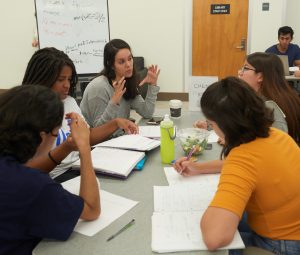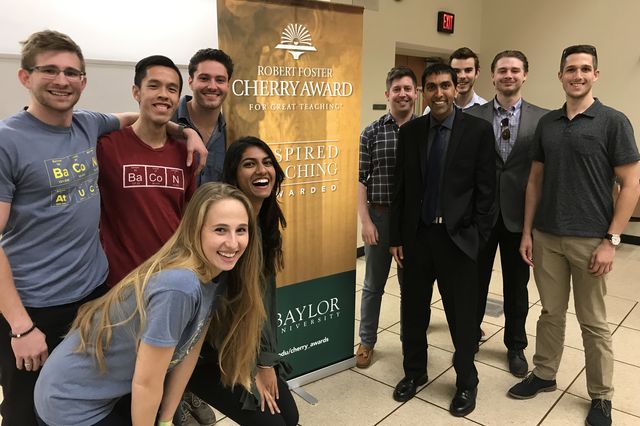UCLA: HHMI Postdoctoral Scholar in Environmental DNA Research and Science Education Research & Communication
UCLA department of Ecology and Evolutionary Biology (EEB) is recruiting one full-time postdoctoral scholar to perform environmental DNA (eDNA) research combined with science communication and discipline-based education research (DBER). The position is ideal for a candidate with a background in ecology and/or genetics as well as interest in curriculum development in undergraduate education. In collaboration with project partners in the department of Ecology and Evolutionary Biology (EEB) at UC Santa Cruz, the postdoctoral scholar will help establish a new education program called eSIE: environmental DNA for Science Investigation and Education, supported by a grant from the Howard Hughes Medical Institute (HHMI) jointly awarded to UCSC and UCLA. The scholar will work with a team of researchers and science education experts on the eSIE program, and have the opportunity to publish in both scientific research and DBER fields.
[View Listing and Apply]
UC Santa Cruz: HHMI Postdoctoral Scholar in Environmental DNA Research, Education, and Outreach
UC Santa Cruz department of Ecology and Evolutionary Biology (EEB) is recruiting one full-time postdoctoral scholar to perform environmental DNA (eDNA) research and science education outreach. The position is ideal for a candidate with a background in molecular biology. In collaboration with project partners in the department of Ecology and Evolutionary Biology (EEB) at UC Los Angeles, the postdoctoral scholar will help establish a new education program called eSIE: environmental DNA for Science Investigation and Education, supported by a grant from the Howard Hughes Medical Institute (HHMI) jointly awarded to UCSC and UCLA. The scholar will work with a team of researchers and science education experts on eDNA research that connects to the eSIE program.
[View Listing and Apply]




